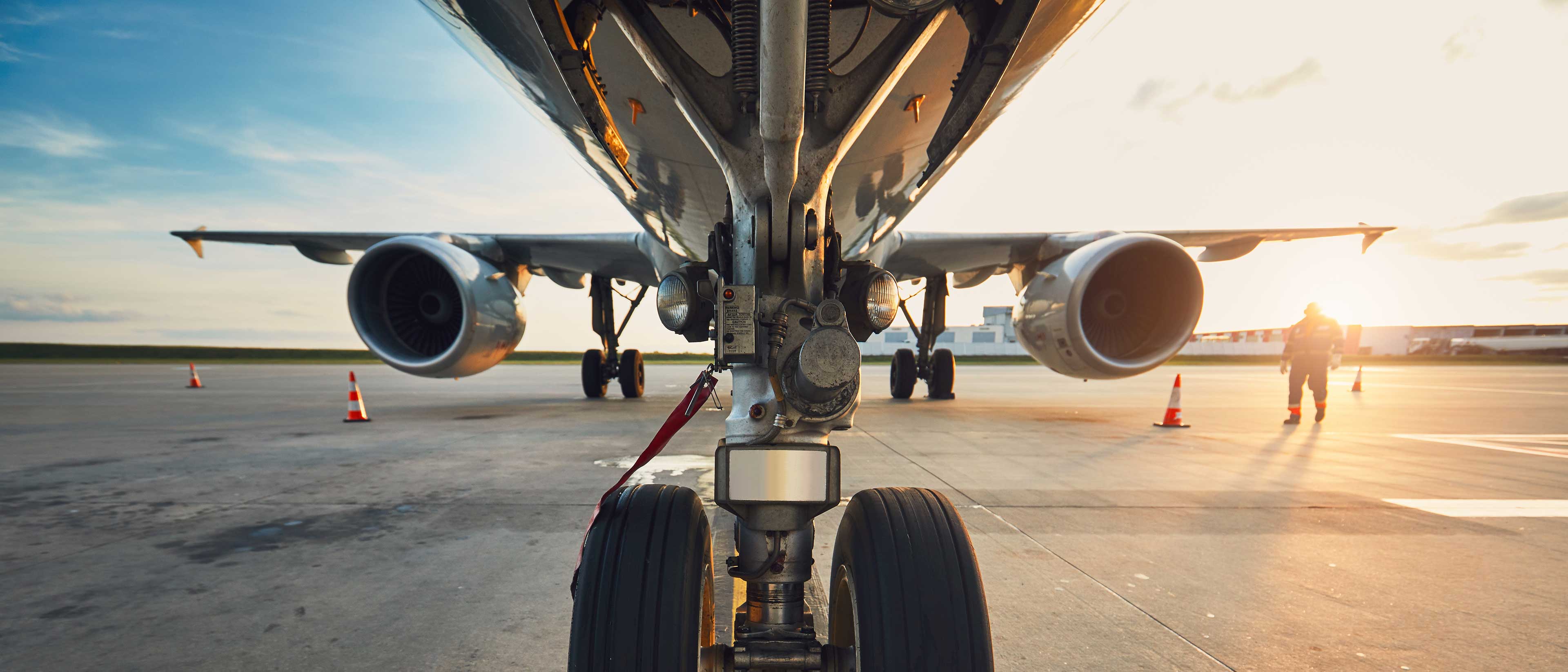Division Content:
Proven pedigree of success
While the industry has been moving away from conventional hydraulics to a decentralized architecture that’s more-electric, we’ve always supported traditional hydraulics. Back to beginning of the 737 and 747 now up to the newest 787 and A220. Additionally we’re strong in supporting business jet and regional aircraft.

Unrivaled insight
Working with Parker other divisions, we provide decades of expertise for aircraft systems, components, and aftermarket support. We leverage the entire suite of Parker Aerospace capabilities across our technology expertise. With the integration of Parker Meggitt, we bring further advancements to our next-generation technologies that result in lighter and more effective aircraft for the future of sustainable aviation.

Complex Tube and Hose Assemblies
Available in a variety of material options and pressure/temperature combinations, Stratoflex’s metal tube and flexible hose assemblies offer design flexibility with reduced weight and metal fatigue compared to standard all-metal tubing. Parker Stratoflex has one of only a few FAA qualified fire test labs in the United States, giving our engineers unparalleled access and flexibility to design and fully fire test our products to the most stringent customer and regulatory requirements.


